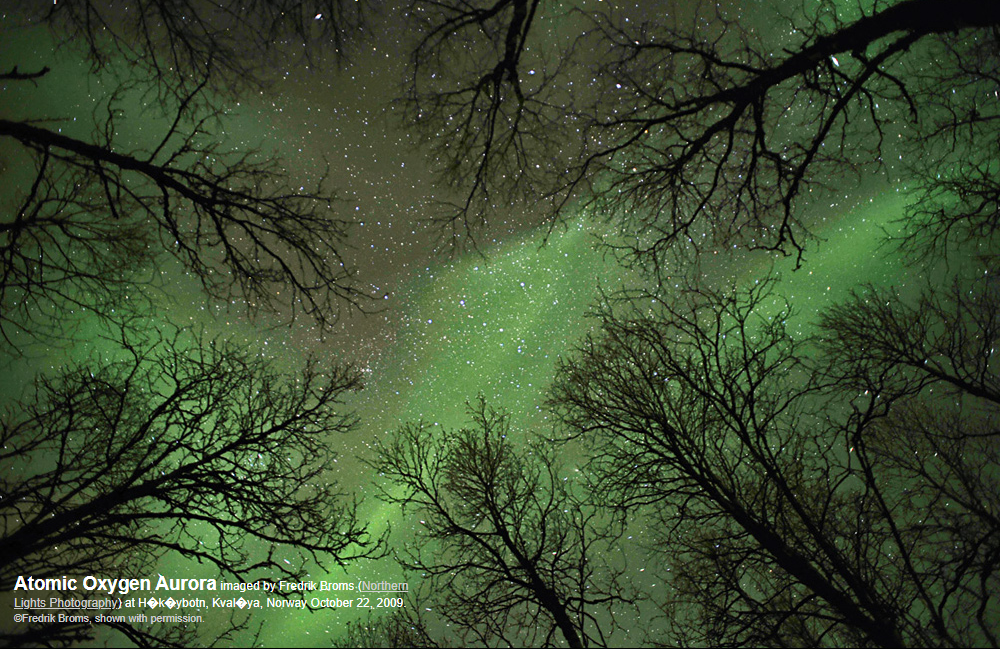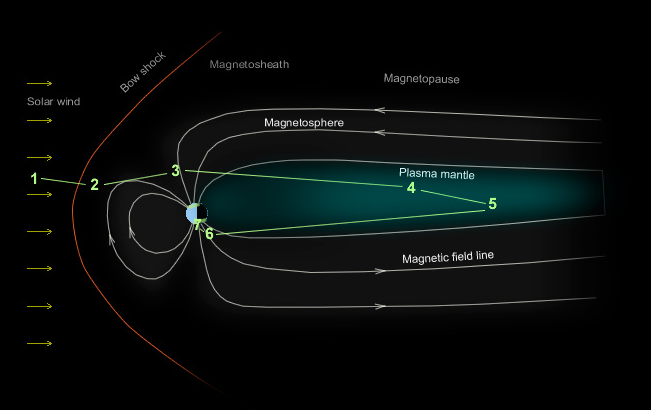Aurora
The Enigmatic Aurora: A Spectacular Natural Light Show
The aurora, also known as the Northern Lights in the Northern Hemisphere and the Southern Lights in the Southern Hemisphere, is a mesmerizing natural phenomenon that illuminates the night sky with vibrant colors. This ethereal display of light is caused by the interaction between particles from the Sun and Earth's magnetic field. While the existing content provides a brief overview of the process, let's delve deeper into the intricacies of this awe-inspiring celestial event.
The Journey Begins: Solar Particles and Earth's Magnetic Field
-
Protons and various particles emanate from the Sun, but individually, they lack the energy required to produce a significant aurora. However, when certain conditions are met, such as favorable direction and strength of the solar magnetic field, a connection is established between it and Earth's magnetic field.
-
This connection allows solar particles to leak into our magnetic domain. Although initially insufficient to create an aurora, this influx of particles sets the stage for the captivating display that follows.
Magnetic Field Dynamics: A Dance with Earth's Dark Side
-
As the magnetic fields intertwine, further rearrangements occur, causing some of the solar particles to be swept back towards Earth's dark side. This magnetic field "dance" creates a reservoir known as the plasma mantle, where these particles are stored.
-
Within this plasma mantle, magnetic field reconnections take place. These reconnections propel some particles along magnetic field lines, spiraling them downward towards Earth. Simultaneously, others are ejected in the opposite direction.
-
The particles that are spiraling down are energetically accelerated during their descent. As a result, they arrive at Earth with significantly higher energies than when they first originated from the Sun.
A Collision of Energies: Illuminating the Upper Atmosphere
-
Upon reaching Earth's upper atmosphere, the high-energy particles penetrate its layers. In this collisional encounter, the particles interact with atoms and molecules present in the atmosphere.
-
The collisional excitement of these atoms and molecules leads to the emission of light, giving rise to the mesmerizing auroral glow. Specifically, the green auroral light captured by Fredrik Broms' photography is a result of excited oxygen atoms (O 1S to 1D) decaying above an altitude of 100 km.
Unraveling the Mysteries of the Aurora
While we have explored the fundamental processes behind the creation of auroras, there are still numerous questions that scientists continue to investigate. Some intriguing aspects include:
-
Auroral Colors: The colors exhibited in auroras are determined by the type of gas particles involved in the collision and the altitude at which they occur. Oxygen typically produces green and red hues, while nitrogen contributes to blue and purple tones.
-
Auroral Forms: Auroras can manifest in various shapes and patterns, ranging from diffuse glows to vibrant curtains, arcs, and even coronas. These distinct forms are influenced by factors such as solar activity, magnetic field variations, and atmospheric conditions.
-
Auroral Sounds: Although not commonly audible, some individuals have reported hearing crackling or hissing sounds during intense auroral displays. This phenomenon, known as "auroral sounds" or "electrophonic sounds," remains a subject of ongoing research.
-
Auroral Viewing: Geographical location plays a significant role in witnessing the splendor of the aurora. Regions closer to Earth's polar regions, such as Alaska, Canada, Scandinavia, and Antarctica, offer prime opportunities for observing this celestial spectacle.
In conclusion, the aurora is a captivating natural phenomenon that results from the interaction between solar particles and Earth's magnetic field. The journey of these particles from the Sun to our upper atmosphere gives rise to the mesmerizing display of light known as the Northern Lights or Southern Lights. As scientists continue to unravel the mysteries surrounding auroras, we are left in awe of the beauty and wonder that illuminates our night skies.

Atomic Oxygen Aurora imaged by Fredrik Broms (Northern Lights Photography) at H�k�ybotn, Kval�ya, Norway October 22, 2009.
©Fredrik Broms, shown with permission.

(1) Protons and other particles arrive from the sun. On their own they have too low an energy to produce any significant aurora.
(2) When the solar magnetic field direction is favourable and of sufficient strength it connects with that of Earth. The solar particles leak into our magnetic domain.
(3) Further magnetic field rearrangements sweep them back towards Earth's dark side.
(4) They are stored in the plasma mantle.
(5) Magnetic field reconnections send some particles spiraling down magnetic field lines towards Earth. Others are ejected in the opposite direction.
(6) They are accelerated. The particles - now with high energies arrive at Earth.
(7) They penetrate the upper atmosphere and collisionally excite atoms and molecules. Some excited atoms decay by emitting light - the aurora.
Fredrik Brom's green auroral light is from the decay of excited oxygen atoms ( O 1S to 1D ) above 100 km.
Note: this article has been automatically converted from the old site and may not appear as intended. You can find the original article here.
Reference Atmospheric Optics
If you use any of the definitions, information, or data presented on Atmospheric Optics, please copy the link or reference below to properly credit us as the reference source. Thank you!
-
<a href="https://atoptics.co.uk/blog/aurora-2/">Aurora</a>
-
"Aurora". Atmospheric Optics. Accessed on November 26, 2024. https://atoptics.co.uk/blog/aurora-2/.
-
"Aurora". Atmospheric Optics, https://atoptics.co.uk/blog/aurora-2/. Accessed 26 November, 2024
-
Aurora. Atmospheric Optics. Retrieved from https://atoptics.co.uk/blog/aurora-2/.